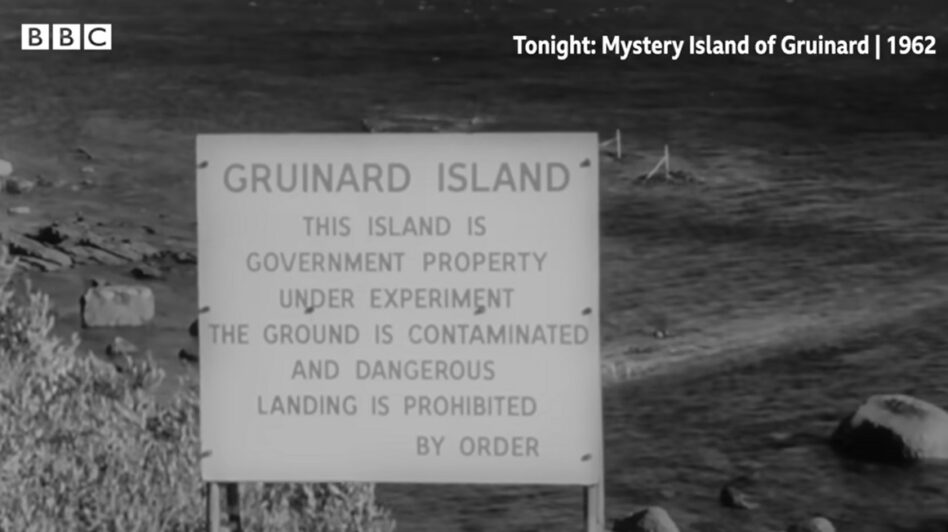By Adam Malek
THE astounding natural beauty of limestone hills can clearly be seen at one of Malaysia’s most popular tourist attractions – the Batu Caves. The limestone forming Batu Caves is said to be around 400 million years old, with its unique features, formed by the natural dissolution of carbonate by water (mainly, rainwater).
As one travels to the North, passing through the State of Perak, the sight of limestone hills is quite in abundance. Even from the highway, one would be able to see the scenic ‘green-ness’ atop limestone hills and caverns, some of which were formed over tens of thousands of years.
However, beauty does not always come without peril. Following a limestone hill collapse in November last year, a geomorphologist made a statement in the media that “even rainfall can lead to natural dissolution of rocks thus weakening the structure of limestone walls”.
Obviously, as had been highlighted many times in the past by experts, these beautiful, scenic hills that may be home to an array of flora and fauna may also pose danger to humans and properties, due to the presence of extensive joints and fractures within the limestone hills’ structures.
Limestone hills are very much synonym with Perak, more specifically, Ipoh. The limestone hills in Kinta Valley include Gunung Rapat, Gunung Datok, Gunung Lang, Gunung Paniang, Gua Kandu, Gunung Tambun, Gunung Panjang, Gunung Kanthan and Gua Tempurung.
The significance of these hills in our context, is their locations that are either close to roads, residential areas and the possible development, tourist attractions as well as structures that have been built, legally or illegally, in caves or at the foot of these hills for various purposes, which often house occupants.
The tragic incident that was mentioned earlier, which occurred in November 2020, was the landslide at a beautiful resort Banjaran Hotsprings Retreat, killing two visitors in one of the villas.
The Perak Mineral and Geoscience Department was quoted, “heavy rains had weakened the residual soil on top of the limestone walls”, causing the structure to collapse on the villa where the victims stayed.
This Banjaran Hotsprings incident had really “shaken me up” mainly because, I had planned to take a break there at the time of the tragedy, after being cooped-up for so long during the previous movement control order.
My family was looking forward to the break but we had to cancel as two members of the family were exposed to COVID-19 positive cases. The tragedy itself and what had been reported in various media, prompted me to do some research on tragedies involving limestone hills.
It was indeed shocking for me to discover quotes from experts that “limestone hills in the tropics often form steep-sided walls due to natural collapse. This process can be accelerated when there are solutions (rainwater) in the foothills. When rainwater flows into rock intercepts and natural dissolution occurs, the cracks between rocks widen, eventually triggering rock collapses.”
It was also reported that there has been close to 20 cases of natural limestone rock-falls around Ipoh alone, including the latest Banjaran Hotsprings incident. The worst tragedy was in 1973 in Gunung Cheroh, which killed 42 people.
Another incident in Perak Caves back in 2009 has not also caused deaths and injuries, but also damages to properties. Sadly, the Banjaran Hotsprings tragedy was only reported in the week that it happened and the story died-off.
Like any other tragedies, the latest deaths of the two holiday-makers should not just be allowed to fade away – their lives should count for something.
Knowing what we know, knowing that limestone hills can be a ‘ticking timebomb’, the recent incident in Banjaran Hotsprings should be the ‘final straw’ to push the Perak government to step-up and take the necessary action.
Merely ordering the relevant departments to monitor every risky limestone hill, especially those located near residential areas may not be enough.
Why approve the building of temples, houses and other structures in caverns or at foothills of limestone hills, in the first place? Even if these structures were built illegally, knowing that they exist and had been occupied (including by visitors) for so many years, does not mean that they should be allowed to continue!
There may be other limestone hills that pose threats to lives in other states, but my focus is on Ipoh area because of the sheer number of tragedies over the years and the “close call” that my family and I had, relating to the Banjaran Hotsprings.
Do we have to wait for more loss of lives before sterner and more decisive actions are taken?
Are those in power worried about ‘losing votes’ that the dangers and potential loss of lives become secondary? – Jan 31, 2021
Adam Malek is from Kuala Lumpur.
The views expressed are solely of the author and do not necessarily reflect those of Focus Malaysia.










